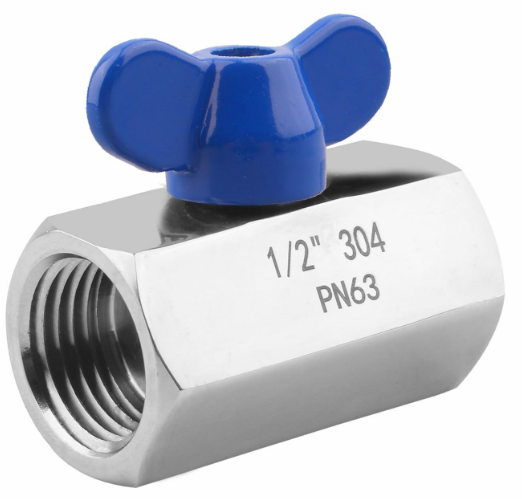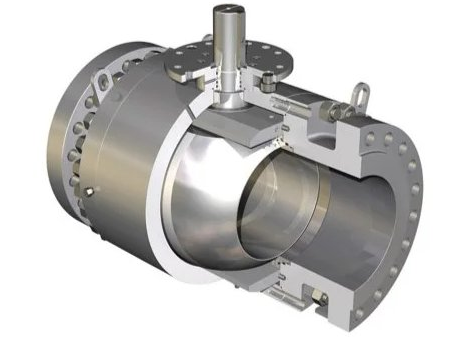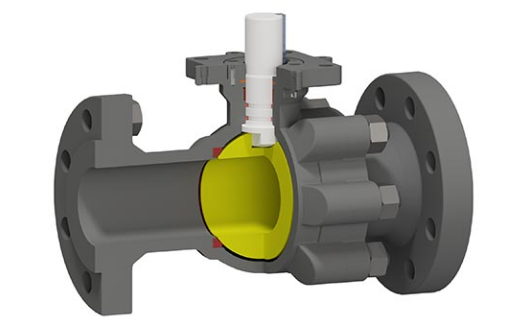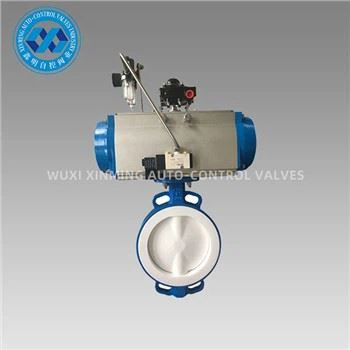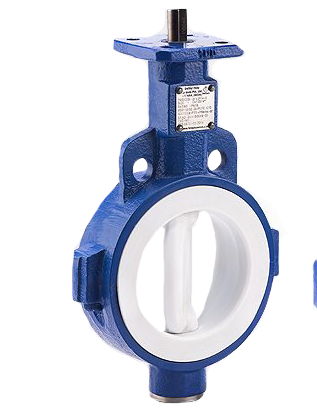Pneumatic actuators are essential components in many industrial automation systems, where they convert compressed air into mechanical motion to operate valves and other mechanical devices. Among the various types, single acting and double acting pneumatic actuators are two of the most commonly used. Understanding their differences, working principles, and suitable applications is critical for making the right selection in engineering and industrial projects.
1. What Are Pneumatic Actuators?
A pneumatic actuator uses compressed air to produce linear or rotary motion. It typically consists of a cylinder, piston, seals, and control valves. The actuator operates by directing air pressure to one or both sides of the piston, depending on the type of actuator.
2. What Is a Single Acting Pneumatic Actuator?
Working Principle:
A single acting actuator uses air pressure to move the piston in one direction, while a spring mechanism returns the piston to its original position when the air is released.
- Extension (powered): Compressed air pushes the piston outward.
- Retraction (spring return): When air is removed, the internal spring forces the piston back.
3. What Is a Double Acting Pneumatic Actuator?
Working Principle:
A double acting actuator uses compressed air for both extension and retraction. It has two air inlets—one for each side of the piston.
- Extension: Air pressure on one side pushes the piston outward.
- Retraction: Air pressure on the opposite side moves the piston inward.
4. Key Differences Between Single Acting and Double Acting Actuators
| Feature | Single Acting | Double Acting |
|---|---|---|
| Air Usage | One direction only | Both directions |
| Return Mechanism | Spring return | Air pressure return |
| Number of Ports | One air inlet | Two air inlets |
| Control Complexity | Simpler | More complex |
| Force Output | Less (due to spring resistance) | More consistent and powerful |
| Fail-Safe Functionality | Yes | No |
5. Advantages and Disadvantages
Single Acting:
- ✔ Simpler design
- ✔ Lower air consumption
- ✔ Ideal for fail-safe applications
- ✘ Limited stroke force
- ✘ Not suitable for high-cycle use
Double Acting:
- ✔ Stronger and more balanced force
- ✔ Precise control
- ✔ Suitable for continuous use
- ✘ Requires more air
- ✘ No fail-safe return without accessories
6. Typical Applications
| Industry | Single Acting | Double Acting |
|---|---|---|
| Oil & Gas | Safety shut-off valves | Remote control valves |
| Water Treatment | On/off valve control | Flow modulation |
| Food & Beverage | Low-pressure ejectors | Packaging automation |
7. How to Choose
- Need a fail-safe function? → Single Acting
- Handling heavy loads or high cycles? → Double Acting
- Concerned about air usage or simplicity? → Single Acting
- Need consistent force? → Double Acting
8. FAQs
Q1: Can a single acting actuator be converted to double acting?
No. Single acting actuators are built with an internal spring. Converting would require structural changes not feasible in most designs.
Q2: Which actuator is safer in case of power loss?
Single acting actuators are safer because the spring returns the valve to a default (fail-safe) position without external power.
Q3: Why is force limited in single acting actuators?
The spring opposes the motion, reducing the net force available for actuation.
Q4: Can both actuator types be used for rotary and linear motion?
Yes, both types are available in linear and rotary designs depending on the mechanism and application.
9. Conclusion
Both single acting and double acting pneumatic actuators play critical roles in modern automation and control systems. Your choice should depend on your application's safety needs, force requirements, control complexity, and cost considerations.
If you want to learn more about low-priced products, please visit the following website: www.xm-valveactuator.com







